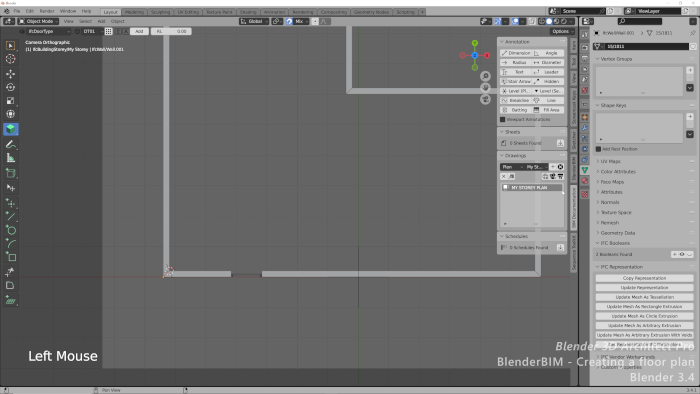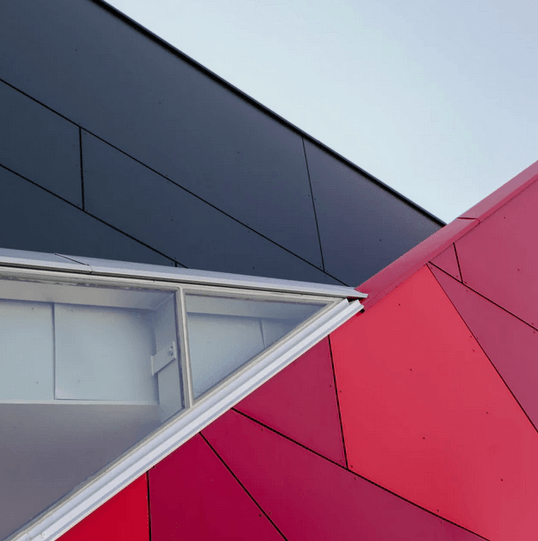
If you missed any of our articles from last week in Blender 3D Architect, you now have the chance to view a summary of all the content we posted. Among the materials, you will always find content related to architecture, furniture models, and also news about Blender.
Here is a list of articles from last week:
- Blender 2.8 for architecture updates (October)
- Small apartment with Blender Cycles
- Free chairs for dining rooms
- 1660 free assets for landscape architecture in the Unreal Engine
- Shophouse boutique with Blender Cycles
- Loft interior with Cycles
Besides the interior visualization project, you will also get some great assets for your library with textures and furniture models.
As a highlight, we can point out the incredible collection with 1660 assets for the Unreal Engine and landscape architecture! It is a limited time offer, and if you have plans to use the engine, I strongly recommend the download.
Also, you will find a quick update regarding our books about Blender.
We need help from anyone that bought one of the books. Would you mind reviewing and rating the books?




